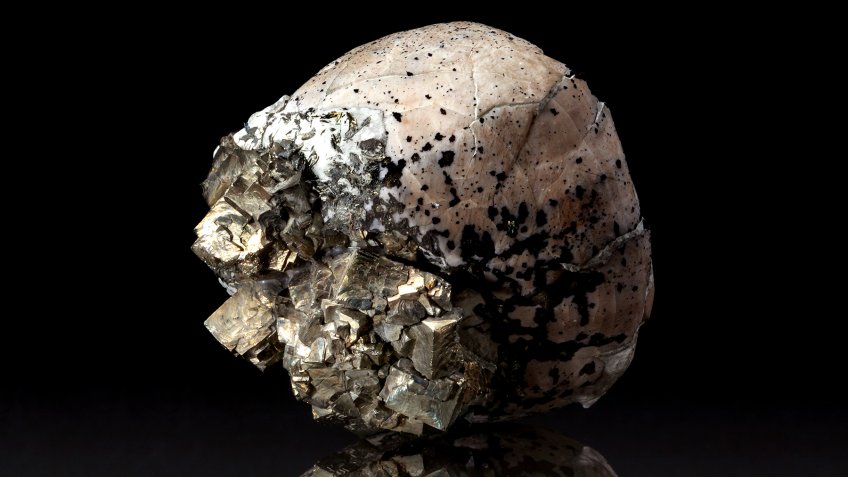
Iron Man, a superhero brand owned by US-based Marvel, is worth at the very least several billion dollars, ranking high amongst Forbes' richest fictional characters. Yet few know that a man with superpowers did actually exist. His life had ended almost 300 years before one of the most popular superheroes first appeared in comic books written by his co-creator Stan Lee.
There is some chance Lee became inspired by the story of Mats Israelsson, a miner from Falun, Sweden. Mining for copper and iron started in that city as early as the 10th century. Israelsson, more widely known as Fet-Mats, went missing in 1677 during work in the mine. His dead body was found 42 years later, retrieved from a water-filled tunnel.
What was unusual was that it was preserved intact, though it seemed as if its muscles had turned into a yellow metal. It was decided to put the 'iron man' on display, so the miner's body was placed inside a glass cabinet. The municipality, however, had no idea what to do with it — the dead miner was buried and then exhibited again. Only with his body beginning to decay he was buried for one final time.
Contemporaries of the 'petrified miner' took this as a unique phenomenon; they said his body had turned into stone, which is, as a matter of fact, quite close to the truth. Pyrite, an iron sulphide mineral, replaced the organs and tissues of the 'iron man' whilst preserving the body's appearance. In science, such a change of substance is called pseudomorphosis, with organic material substituted by mineral matter being pseudomorphs.
Pyritised remains retain their original form, be it bones, shells or tree leaves. The miner from Falun suffered the same fate because he was working at the mine where pyrite occurred alongside copper ores. Reliquiae formed by pseudomorphic replacement are relatively common. Last century, a horse head substituted with malachite was found in the Urals. Another discovery is seal bones replaced with iron from a Ukrainian deposit.
St. Petersburg Mining Museum has various pseudomorphs in its collection — pyritised bivalve shells and ammonites, gold in colour, amongst them. Other items on display include, for instance, pyrite crystals and druses.


